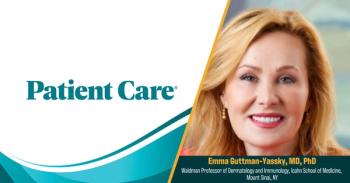
EADV 2025: Guttman-Yassky has great confidence in the future of agents that block the OX40 pathway, suggesting that they have the potential for disease modification.

EADV 2025: Guttman-Yassky has great confidence in the future of agents that block the OX40 pathway, suggesting that they have the potential for disease modification.

EADV 2025: Guttman-Yassky presented data from the phase 3 ROCKET-IGNITE trial and highlights its importance in the context of the global ROCKET development program.
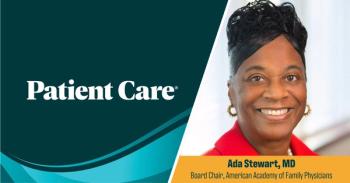
Ada Stewart, MD, reviews current guidelines, addresses patient hesitancy, and explains how HPV self-collection tests may expand screening options in primary care.

In honor of Gynecologic Cancer Awareness Month, Ada Stewart, MD, emphasizes the vital role of primary care in ensuring every eligible woman receives cervical cancer screening and follow-up care.
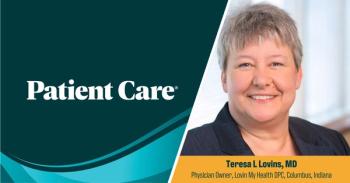
Teresa Lovins, MD, talked with Patient Care about suicidal ideation among patients and then focused on asking her colleagues to make their own mental health a priority.

Ada Stewart, MD, board-certified family physician, offers strategies for introducing HPV self-collection tests, addressing patient communication, follow-up challenges, and more.

The phone call can be short, but the outreach and contact are key after a patient with suicidal ideation is referred for emergency or inpatient support, Lovins says.

Ada Stewart, MD, discusses how HPV self-collection tests can expand cervical cancer screening options in primary care while addressing patient barriers and limitations.

Ada Stewart, MD, shares strategies for primary care physicians to reduce patient anxiety and improve comfort during cervical cancer screening exams.

Family physician Teresa Lovins, MD, highlights key community mental health resources primary care clinicians should know to support patients in crisis.

Expert discusses when to start screening, available test options, and recommended intervals for women aged 21 to 65 years.

Family physician Teresa Lovins, MD, explains how primary care clinicians can determine when to manage depression and when urgent referral is needed.
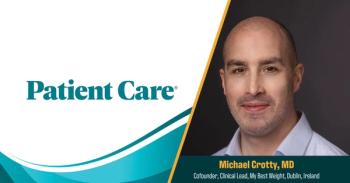
Michael Crotty, MD, provides practical guidance for on integrating GLP-1 receptor agonists into a comprehensive obesity treatment plan.

Teresa Lovins, MD, describes the PHQ-9, GAD-7, and other brief screeners that help family physicians identify depression, anxiety, ADHD, and bipolar disorder in everyday practice.

With the surge in demand and supply shortages, Michael Crotty, MD, discusses the future of GLP-1RA use in the treatment of obesity.

Obesity medicine specialist Michael Crotty, MD, discusses the benefits of GLP-1 receptor agonist use in weight management and its impact on obesity-related comorbidities.
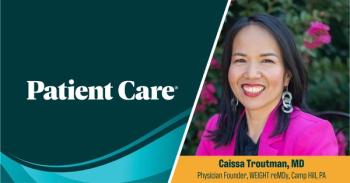
Caissa Troutman, member of the Obesity Medicine Association, emphasizes the importance of shared decision-making in overcoming barriers.

Primary care clinicians see a higher share of visits for depression than mental health professionals largely because they know their patients so well, Lovins said.

Teresa Lovins, MD, highlights a study that showed a 14% increase in rates of safety planning within 2 weeks of a negative screening led to a 25% decrease in attempted suicides.

Infectious disease and family medicine experts share guidance on vaccine policy changes, patient communication, and boosting vaccine confidence.

Teresa Lovins, MD, sees at least 1 or 2 patients a week who have suicidal ideation. Too many of them are at risk for an attempt within a month of those visits.

Mental health issues affect half the population at some point during a lifetime. Teresa Lovins, MD, says FPs are often the first to learn that "something is going on."
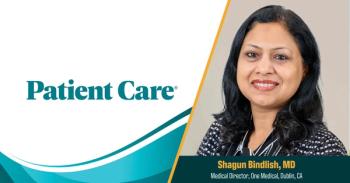
Shagun Bindlish, MD, board member of the American Diabetes Association, discusses challenges to diagnosing and treating venous disease in patients with obesity.
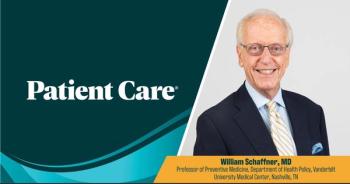
William Schaffner, MD, a long-time liaison from the NFID to the ACIP working groups, is concerned about fragmentation of US vaccine recommendations.

William Schaffner, MD, advises first and foremost to stay away from politics, to acknowledge and normalize patient fear and concern, and to answer quickly and with confidence.
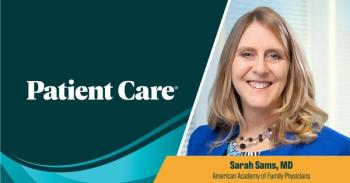
Sarah Sams, MD, emphasizes education, empathy, and proactive communication to support families and protect public health.

William Schaffner, MD, ID specialist and vaccine expert, advises following state guidance on back-to-school shots and thinking through new guidance on COVID shots for kids.
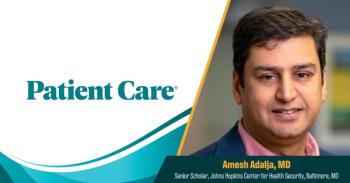
Infectious disease expert Amesh Adalja, MD, discusses new vaccine policies, misinformation, and how PCPs can build confidence during National Immunization Awareness Month.

William Schaffner, MD, a veteran infectious disease expert and public health thought leader is concerned that rapidly shifting federal policy could impact future options.

Family physician Sarah Sams, MD, shares how to improve pediatric vaccine coadministration using pre‑visit planning and staff coordination.